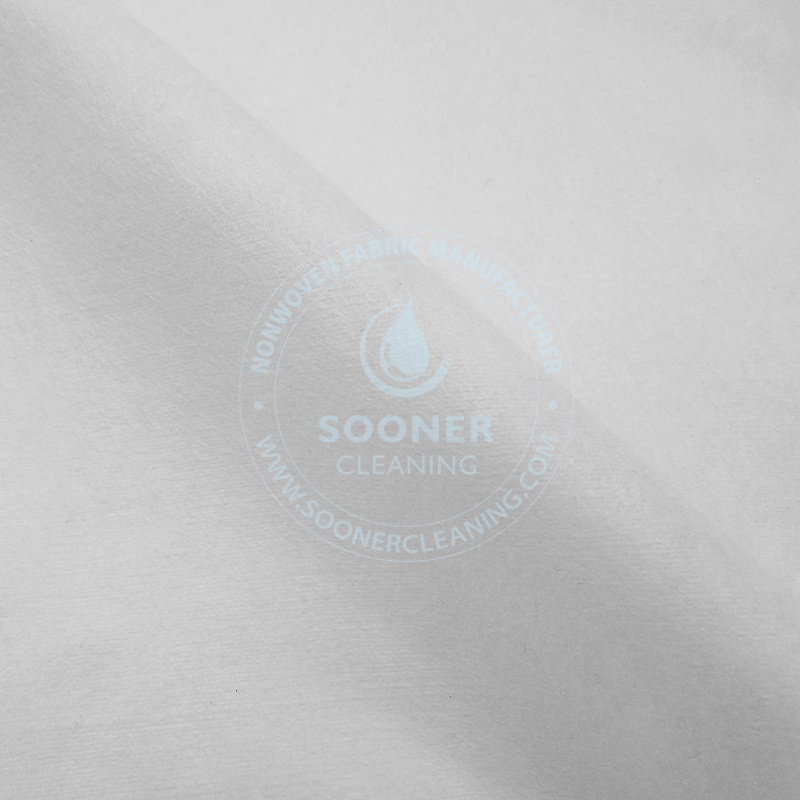pinpointing the needs: reading the key parameters of product specifications
When purchasing
biodegradable viscose fibres, many buyers are often troubled by the complex terminology of the parameters. In fact, just focus on the following 4 core indicators:
II.Fibre: determines the softness of the fabric, the lower the value, the more delicate the touch (applicable to high-end clothing)
Biodegradation cycle: industrial composting environment needs to be ≤ 90 days (in line with the ISO 14855 standard)
Heavy metal residues: lead, cadmium and other 8 indicators must be lower than the OEKO-TEX 100 limit value
pH stability: to avoid the risk of skin allergies
III, 3 Golden Rules for Supplier Screening
Suppliers claiming to be environmentally friendly in the market are a mixed bag. Mastering these tips can reduce the risk of cooperation:
Traceability Verification
Require suppliers to demonstrate FSC certification.
Perspective of production process
Prefer companies with closed-loop production technology, such plants can recover more than 99% of chemical solvents.
Availability of carbon disulphide recovery unit
Waste water treatment system
Compliance document verification checklist
Valid OEKO-TEX certification
IV.Hidden techniques in price negotiation
The cost of biodegradable viscose fibre is affected by a number of factors, and mastering these rules can save 8%-15% of the purchasing budget
Hedge against fluctuations in raw materials: when the price of wood pulp futures rises, choose a ‘fixed price + floating price’. Fixed Price + Floating Surcharge
Process Optimization: Original dyeing technology saves $420 per tonne compared to post-dyeing process, and has higher colour fastness.
Logistics Cost Control: Southeast Asia sourcing can choose Haiphong port for transshipment, which reduces freight cost by 23% compared to direct shipment to Shanghai port.
Order Bundling: Bundling of standard fibres with customised functional fibres (e.g. anti-bacterial, flame retardant, etc). Antibacterial, flame retardant) bundled orders, can strive for 5% -10% discount
V.crack the certification maze of practical guide
In the face of the complexity of environmental certification, buyers are often caught in a selection dilemma. In fact, you only need to grasp the two core dimensions:
Market access certification
Export to the EU: must pass the regulatory testing
Into the U.S. market: need to comply with the lead content standards
Value-added quality certification
VI. Decision-makers are most concerned about the 5 ROI calculation model
To prove to the management of the procurement of biodegradable viscose value, you need to use the data to talk about:
1. Waste cost savings
Landfill disposal of traditional viscose fee of 150 / tonne, while biodegradable fibre in a compliant composting plant to achieve a 10% discount. fibre costs only 35/tonne to dispose of in a compliant composting plant. Based on an annual purchase of 1,000 tonnes, this represents a saving of $115,000.
2. ESG Return on Investment
GRS certified products are eligible for local government environmental subsidies.
3.Supply Chain Risk Avoidance
Using FSC certified raw materials can avoid the risk of penalties under the EU Zero Deforestation Act, which can penalise up to 4% of an enterprise's global turnover for a single violation.
4. Long-term cost lock
Signing 3-year framework agreements with high-quality suppliers can avoid the risk of fluctuating wood pulp prices. 2023 wood pulp price volatility of 42%, the average cost savings of long-term agreement users 9.2%.
VII.Conclusion
The procurement decision of biodegradable viscose fibre is essentially a comprehensive game of technical parameters, supply chain management and business logic. With ten years' deep cultivation in the industry, Sunac has created a full-cycle solution from raw material to delivery and acceptance, helping you precisely control every key point. Get a customised free sample today!

